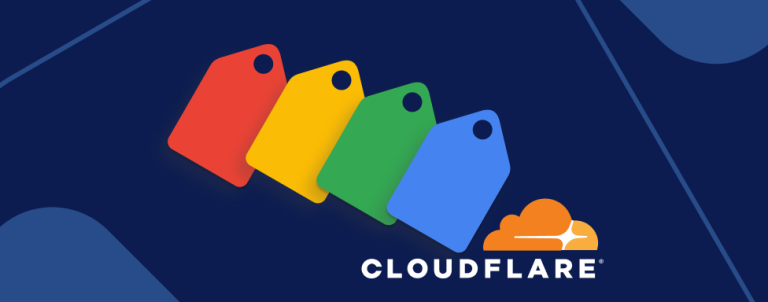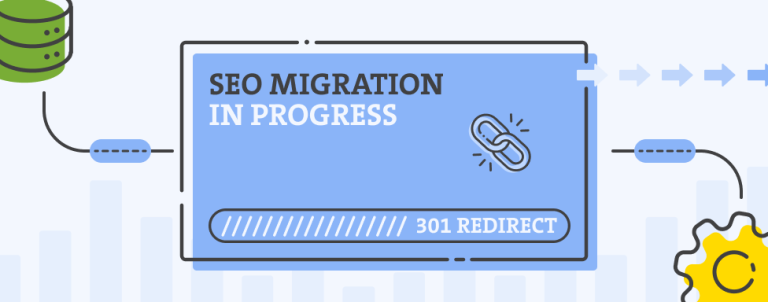If there is one most valuable thing that you need to know before you build your first online store it is this: Build it and they’ll come doesn’t work. This article will try to prepare a company that is thinking about building an online store for all the things they need to know before they start this process.
Research and goals
1. Competitors – The first thing you need to do is research your competitors. Have a look at other online stores that are selling the same or similar products. Gather as much information as you can about their marketing tactics, technical solutions and the way their business works. Now look at your business realistically and ask yourself if you can compete with that. Figure out where is your place in the ecosystem. Are you able to compete with better prices, or are you able to compete with the quality? Maybe you can market your products better? Maybe you can have a better technical solution? Maybe you can advertise with better ROI? If there is no way you can compete with them, your online store will be a big waste of money so this is the most important step in building an online store and conclusions you draw from this research will guide you into different directions while you continue reading this checklist.
2. SEO research – Contrary to the popular belief, SEO is not something you put into your website after you’re finished with building it. The SEO keyword and competitor research is something that needs to be done before you even start thinking about creating a wireframe of your online store. You need to do this before you choose the name of your store, before you decide which products you are going to include or anything else. Make a list of products you could sell online, based on your previous competitors research. Hire an SEO consultant and have him do a proper keyword research from you. First thing you want from this report is a list of keywords you really need to rank for. Then you wanna know how realistic is it for you as a new online store to rank for any of these keywords. You want a time and cost estimate for eventually ranking on high on your primary keywords. Compare this with your budget. Can you afford this? Are you still able to compete? When will this investment pay back? A year? Five years?
3. SEM research – After you did the SEO research, in most industries you would come up with conclusion that there are some keywords in which you’ll be able to compete but it will take a pretty long time for you to get there, so we’ll leave this as a long term work in progress (plan the part of your budget for the long term, ongoing SEO optimization). Your budget now feels thinner and you figured out you’ll need to start earning some money from your store much sooner than natural SEO will allow you. You need to start the SEM research. Figure out how much money will it cost you per click to target your most important keywords. Now put this money into calculation with an average conversion rate you expect and see if this brings you to the positive ROI. If it does, great, you’ll now be able to sell your products as soon as your store is up and running.
4. Setting up the goals – You did the research, now set-up some goals. Basically what you wanna do in this stage is calculate how many sales per month you need with current expenses to be on a positive zero. Then you want to set up a monthly growth percentage goal and continue with this checklist with these goals in mind.
The content
5. Product images – Prepare the images of all of the products you are going to include. If needed take new pictures of these products, you want these pictures to be really good and accurate. Read a blog post that my coworker Zeljko Prsa wrote about the importance of product presentation.
6. Product descriptions – Don’t leave this for the end. People usually don’t realize how much text there is to be written. Make sure you put some though into these descriptions because they will influence your conversion rate. These descriptions are your sales man. You don’t have a sales representative to answer your online store visitor’s questions. Everything about your product that a customer might ask needs to be there, organized well so it can be easily found.
7. Static page content – Don’t forget that every online store usually has several static pages that need their content as well. These usually include “About us”, “Contact”, “Disclaimer”, “FaQ”, “Return policy” etc.
8. News / articles / blog – You need to decide will you have any of these, since this decision will affect your choice of technical solutions and your general marketing and time management plan. You need to plan resources (time and/or money) for ongoing creation of this content. My personal advice would be to have at least a blog system. Start reading online about how you can use your blog to bring valuable visitors to your e-commerce store. This article will explain you why do you need a blog on your online store.
Billing and shipping
9. Choosing billing options – You’ll need to have a look at the options available for your country and countries you are going to be shipping to. Have a look at different payment gateways. Compare the prices, and put them back into your ROI calculation. Are you still able to compete? Don’t rush this decision. Choosing a best payment gateway for your situation is very important and will affect your ROI, especially if you are selling cheap items.
10. Shipping – Which countries do you ship to? Are you going to provide free shipping to your customers? How much will that cost you? Are you still able to compete? Look at the technical solution they offer. Make sure they have the necessary APIs to calculate the shipping time and cost estimates which will be displayed to your customers on the checkout. If there is one thing online shoppers hate the most, it’s not knowing the shipping time and cost. If you are going to ship abroad, make sure to check all of the necessary regulations for each country you are shipping to. You might want to hire a consultant on this one to explain everything to you.
Wireframe
11. Homepage wireframe – The wireframe of your homepage will include elements you marked as very important in your SEO research. You might wanna think about featured products here. Think about what really deserves a link from the homepage and which parts of your website are not as important as these are. Try not to put “everything” on the homepage. People often do this because they didn’t plan and don’t know which products are important, what are their goals. Once you present this wireframe to the designer, the designer will not even have to get briefed about your business plans and goals. Everything will be obvious from this one little document.
12. Primary navigation – When creating a primary navigation wireframe, use the data from your SEO research again to figure out what deserves a spot in the primary navigation and what does not. In most cases you will have more than one navigation, especially on the big e-commerce websites with lots of different products, categories and different ways to filter and sort these products. Think about logical placement of these elements on the website.
13. Other pages – There are lots of other pages that need to be wireframed before you start building the technical solution for your online store. You’ll need to define the wireframe of your product page, category page, blog / article / news pages, static content pages, checkout, search, account pages etc.
Now that you created all of these plans and documents, you are ready to approach a web development company and start building you online store. This article is more of a guideline, I’m sure there are lots of things I didn’t mention that you should also do, but these are the most important ones if you want to build a working, money making online store.
Need help with your Magento store’s SEO? Request a quote!



